Creativity, community, celebration: Kochi-Muziris Biennale wraps up its fourth edition
India’s longest art festival, the Kochi-Muziris Biennale, ran from December 12, 2018 to March 29, 2019. In this photo essay, we showcase some of the creative works along with artist insights on meaning and purpose.
PhotoSparks is a weekly feature from YourStory, with photographs that celebrate the spirit of creativity and innovation. In the earlier 315 posts, we featured an art festival, cartoon gallery. world music festival, telecom expo, millets fair, climate change expo, wildlife conference, startup festival, Diwali rangoli, and jazz festival.

Also read: 'Creative thinking is your birthright' - success tips for creativity in a world of ideas
The fourth edition of the Kochi-Muziris Biennale wraps up today, after a three-month showcase of creative works by 95 artists. The festival spans 10 locations around the heritage Fort Kochi district, and nine satellite venues. See Part I, Part II and Part III of our photo essays, as well as our coverage of the Bangkok Biennale.
“Art lets you talk about things that make you uncomfortable, and which society needs to hear about,” said Indu Antony, in a chat with YourStory. She was born in Dubai and now works in Kochi and Bengaluru. At the Biennale, she exhibited her works such as Purplexed and Mattress Memories.
Success for an artist comes from the very process of being engaged in art, Indu explains. Her interests include public art, and she has been awarded a project grant by the Foundation for Indian Contemporary Art (FICA).
“A sense of discomfort makes me want to do art work,” Indu says. Art helps start conversations around topics, even if viewers may not directly relate to the art work, understand it, or feel it.
“Be honest to what you believe in. Be honest with your intention,” she advises aspiring artists. The journey is not smooth, and may require working on commercial projects for some time as a source of income; the process of applying for grants takes effort and time as well.
There are also family pressures on young artists to pursue other careers. Indu’s family wanted her to become a doctor, so she finished her medical degree – but then turned to her natural inclination, art.
“Art is intrinsic to human experience, and has been through most of human history,” says Singapore-based artist and writer Shubigi Rao. “Drawing, in particular, pre-dates language. Humans were making expressive, narrative, and observational drawings on the walls of caves even before other forms of communication were developed,” she adds.
Our brains do not work in linear ways: they make creative and intuitive leaps, and forge cognitive connections between often unconnected things. “I see that process in both the conceptualising and making of art,” Shubigi observes.
She defines a successful artwork as one that maintains its fidelity to the driving idea behind it, without being detached from the viewing experience. “To be able to retain original context and also translate that idea into a work that speaks to a shared humanity – that is what makes an artwork successful,” Shubigi explains.
She urges art viewers to enjoy the richness and range of diverse ideas and expressions, but to also empathise with the lived experiences and perspectives of others. “Recognise within artworks the common struggles, yearnings, desires, and contradictions that speak to that shared humanity,” Shubigi urges. She is working on her first feature length film in the Balkans, and is researching her third book on library destruction across the world.
“Think less about the industry and more about your ideas and how you resolve them in the work you make,” Shubigi advises aspiring artists. “If you can maintain your artistic fidelity and rigour, your work will be recognised despite the ebbs and flows of fickle trends,” she adds.
“Don't be afraid to question yourself, and to ask questions of others - keep learning. Listen to the stories of others, but avoid co-opting them to make your work look good,” Shubigi urges.
Acknowledgement and credit should be given to sources, support, and collaborators. “Respect the often invisible labour that supports the production and exhibition of art. As artists we don't work in isolation. The myth of the lone genius is just that - a myth,” Shubigi signs off.
Now, what have you done today to appreciate art in the world around you, and connect with the broader creative community?
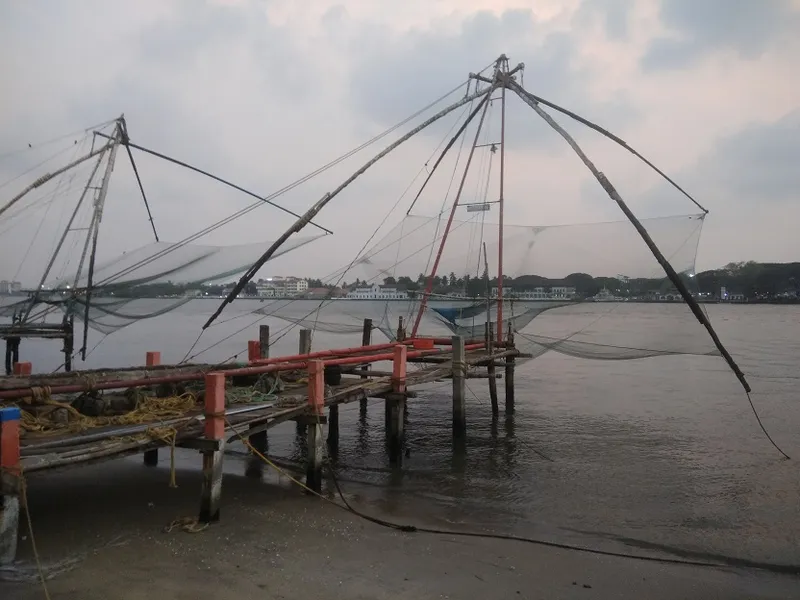
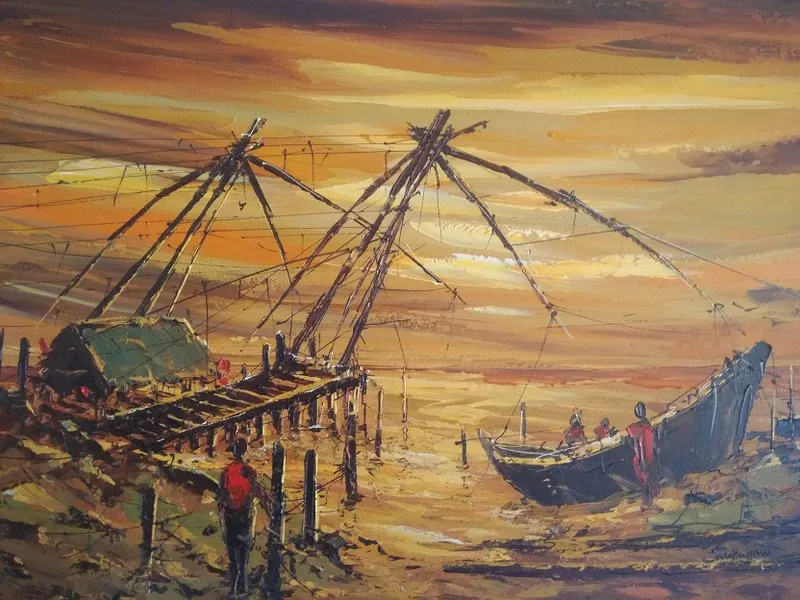
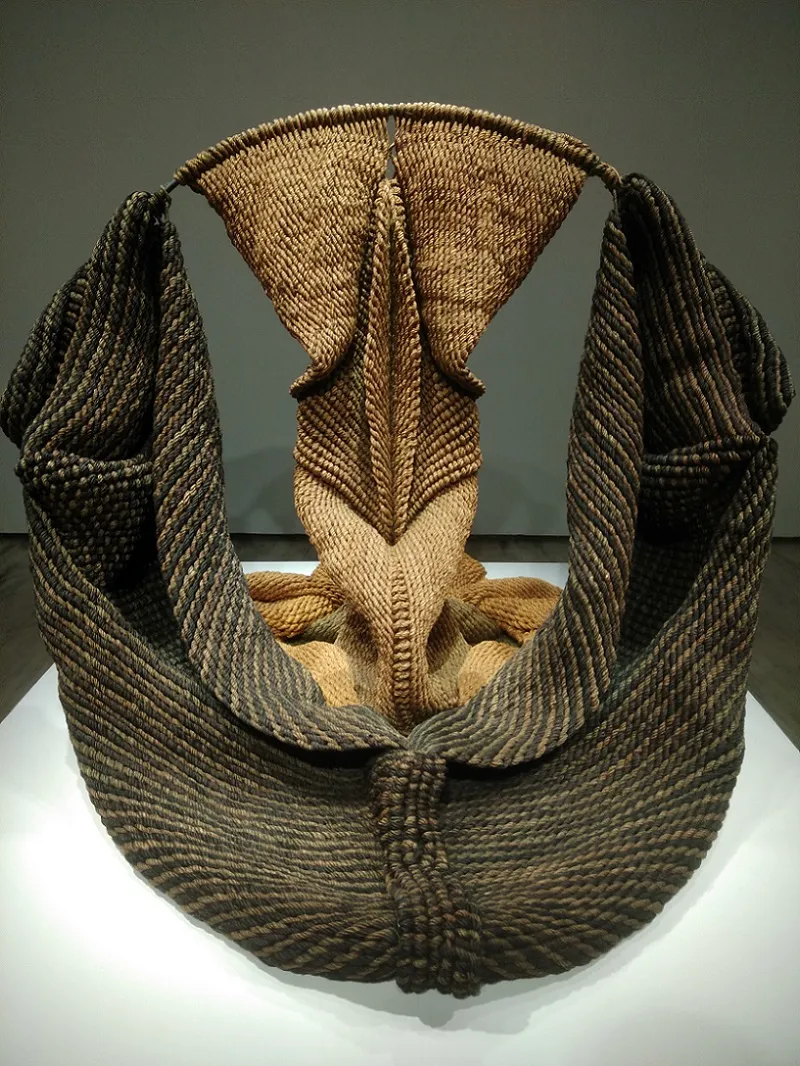


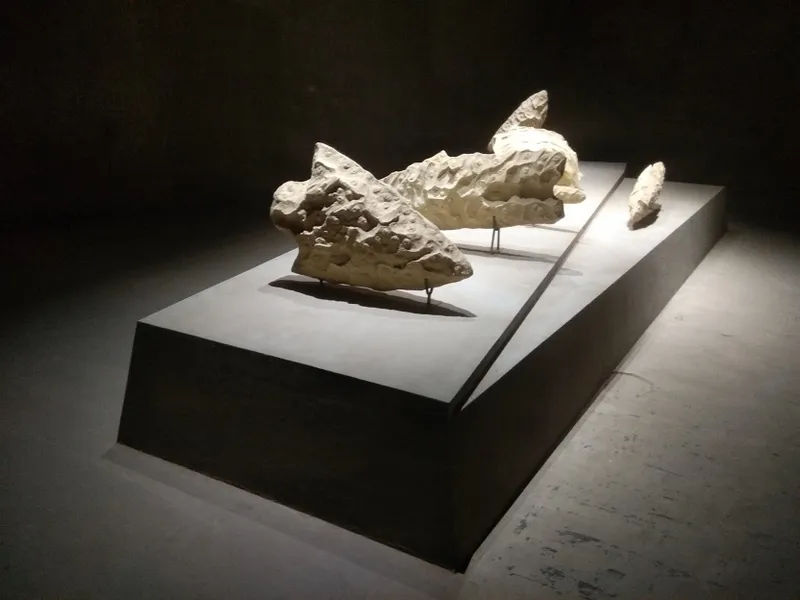
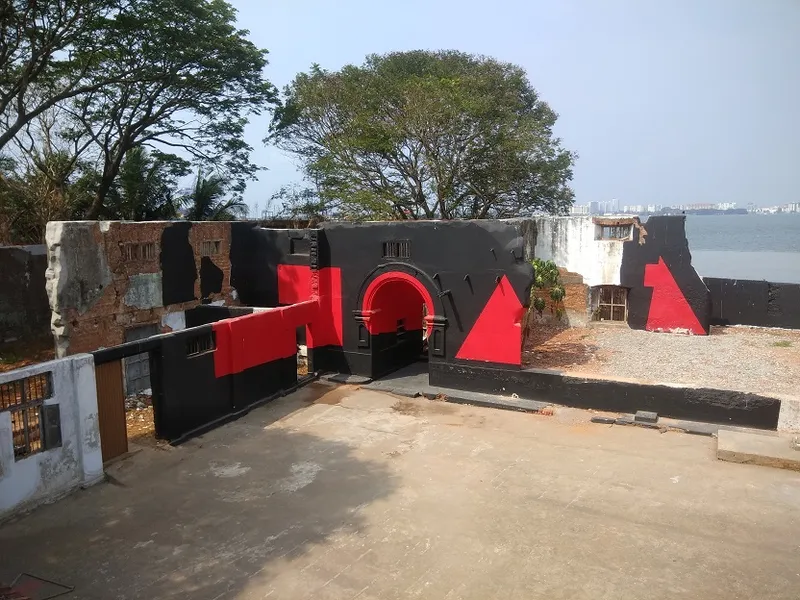
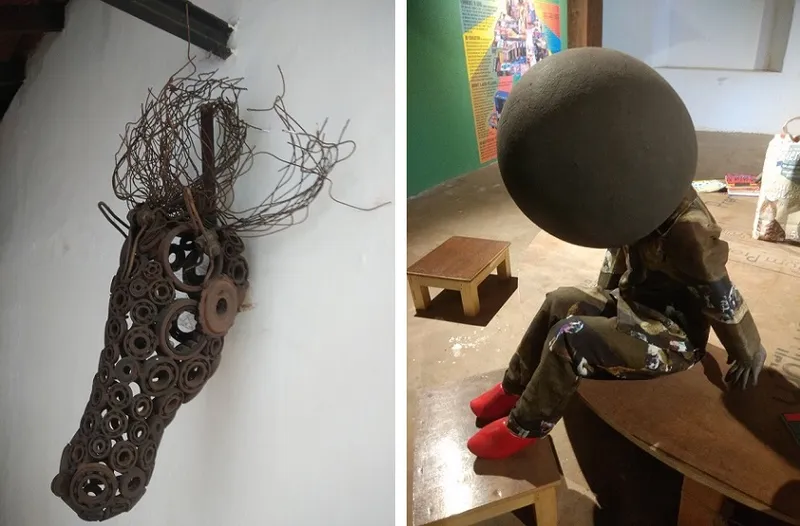

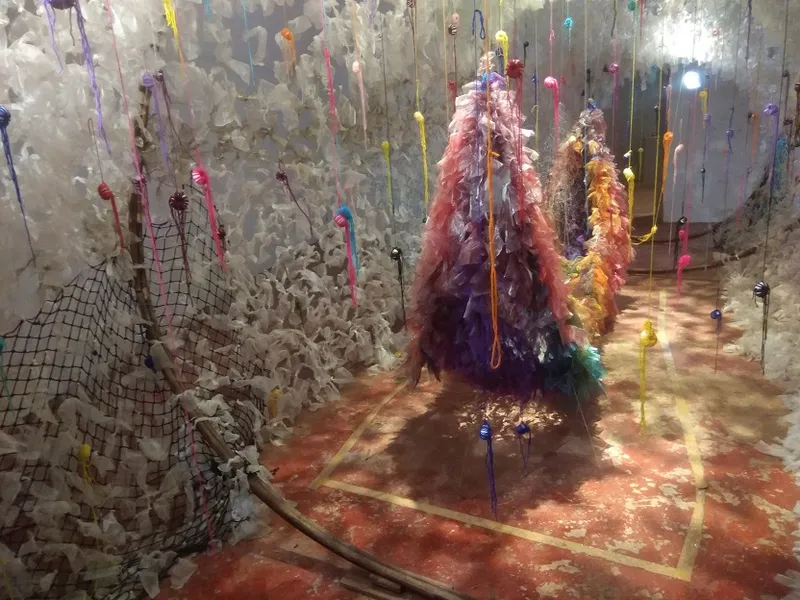

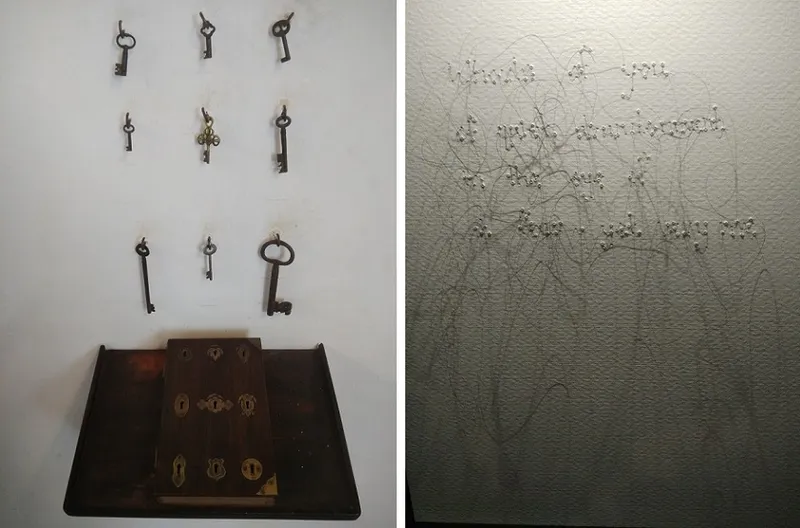
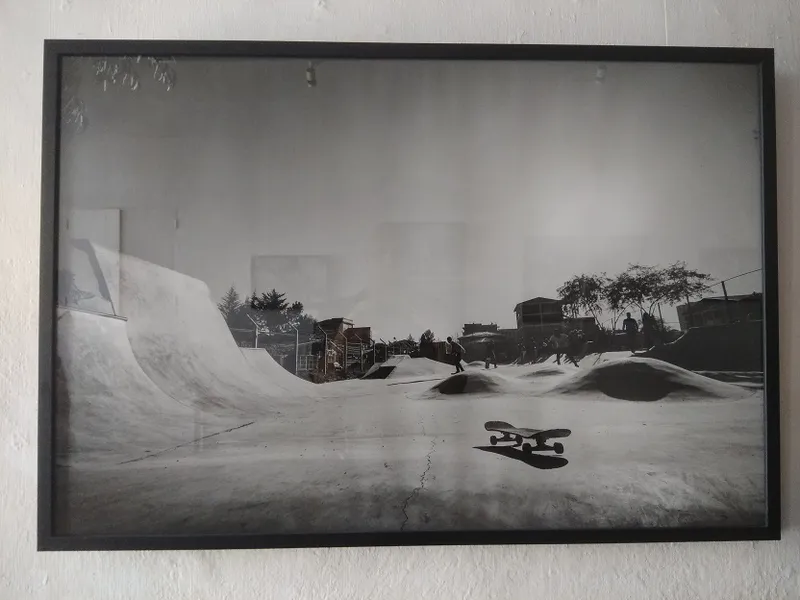
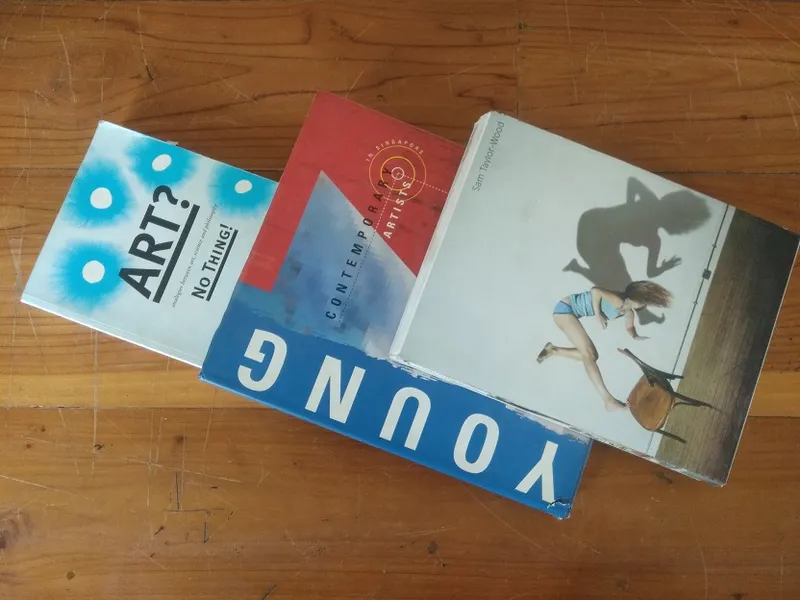
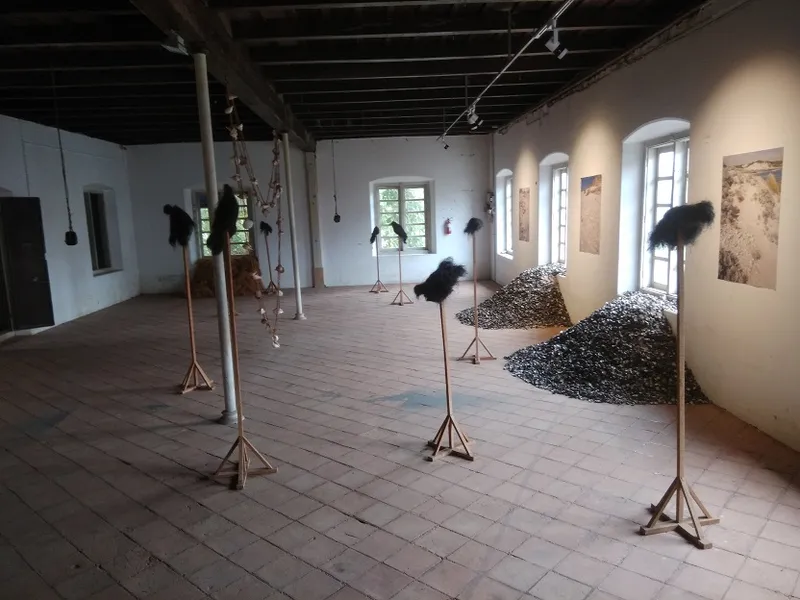
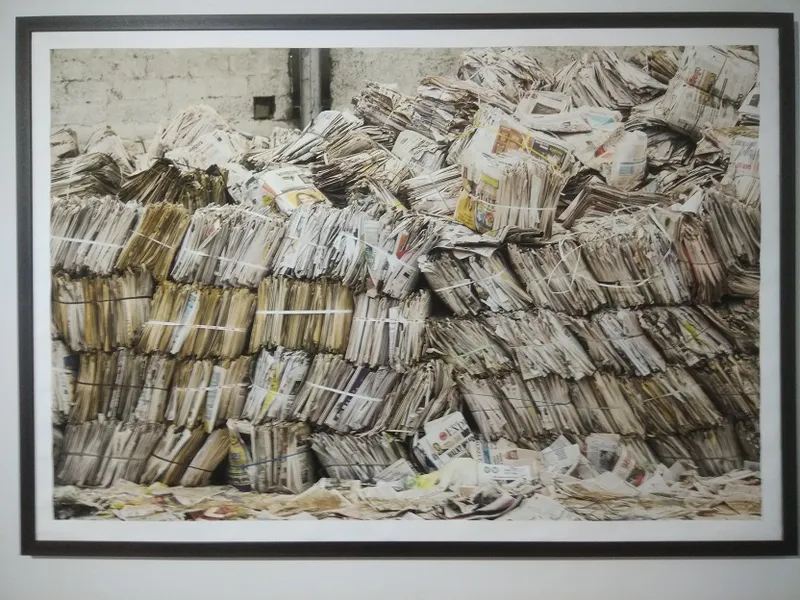
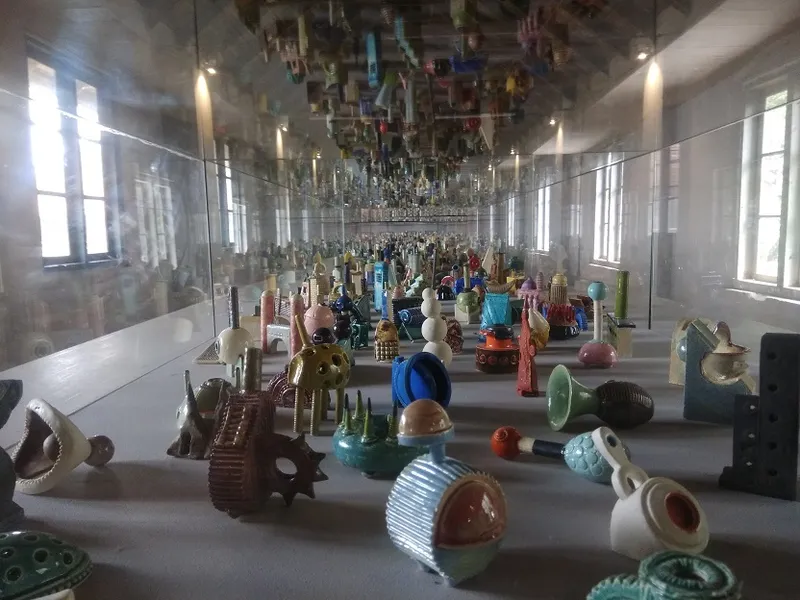
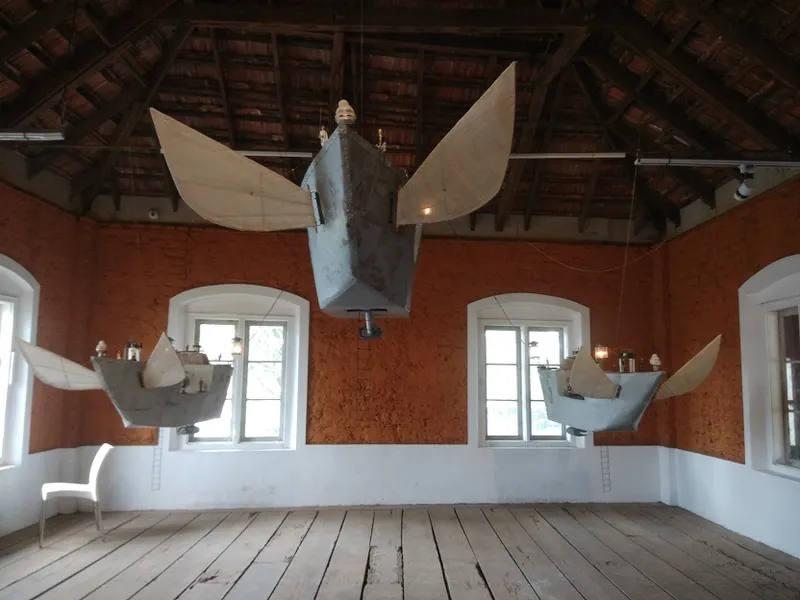
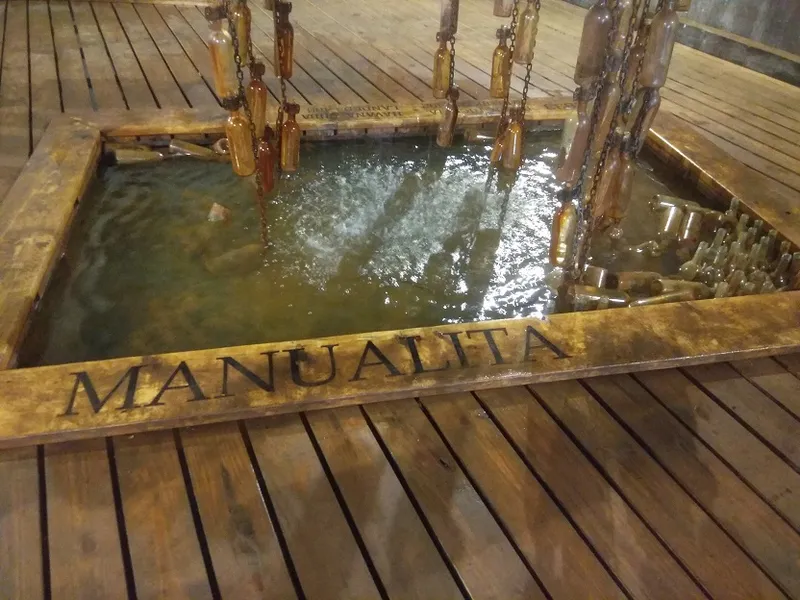
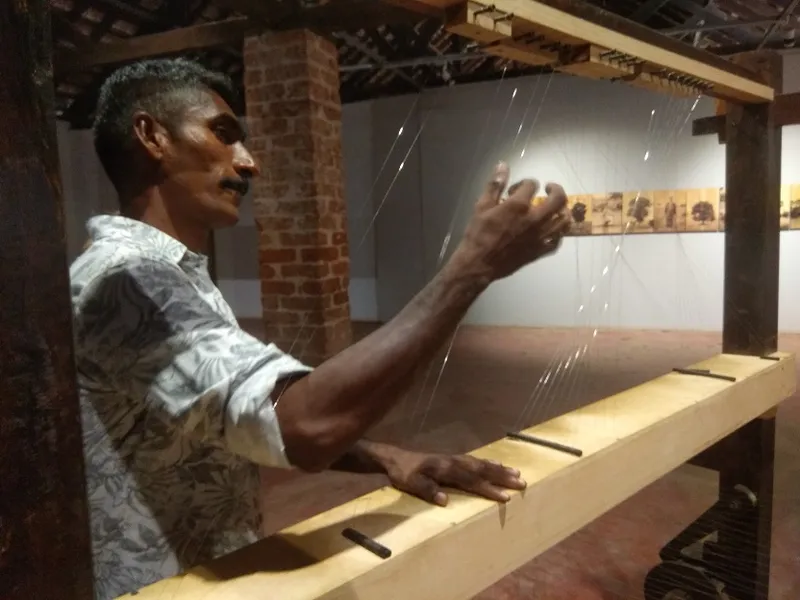
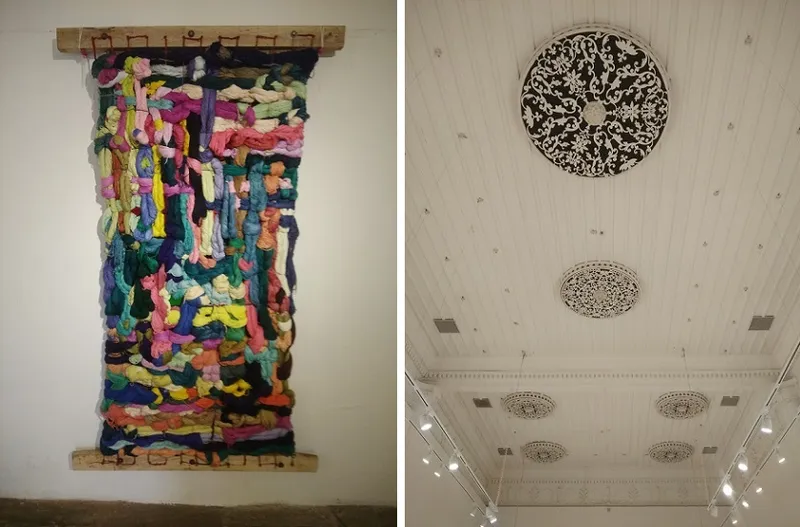
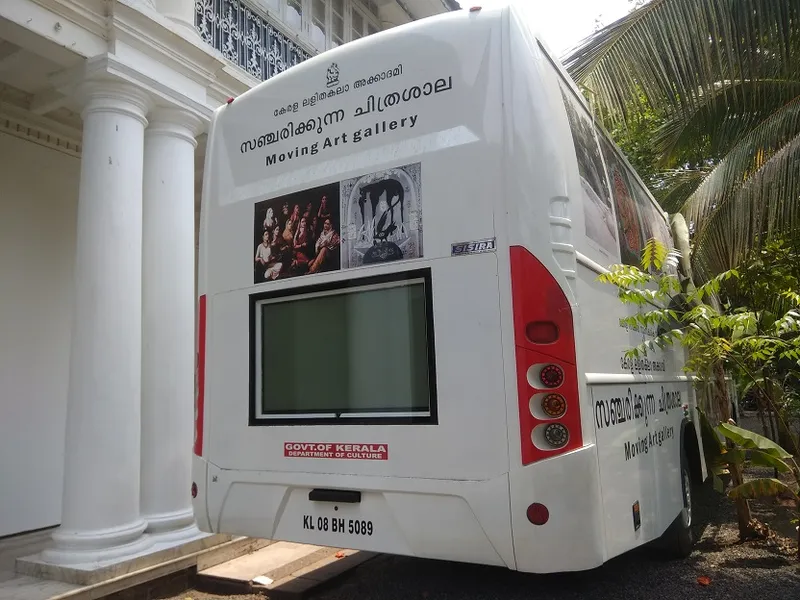
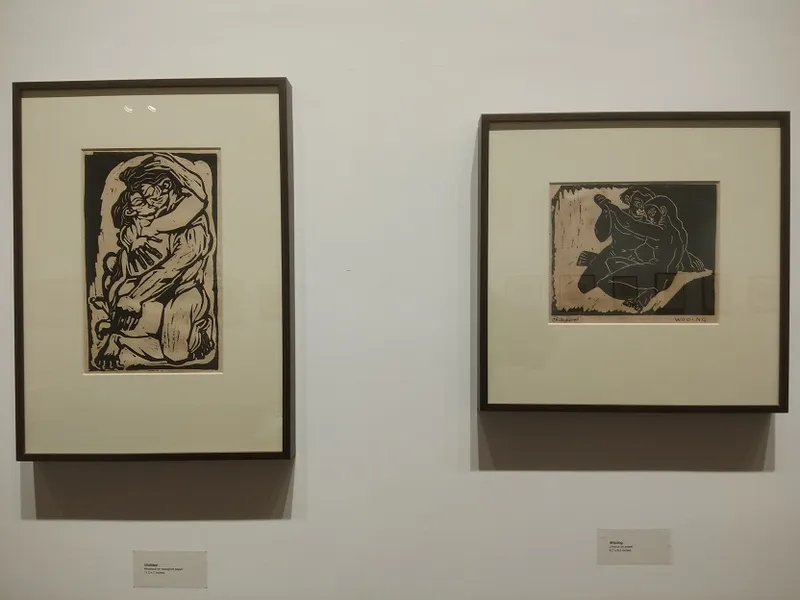

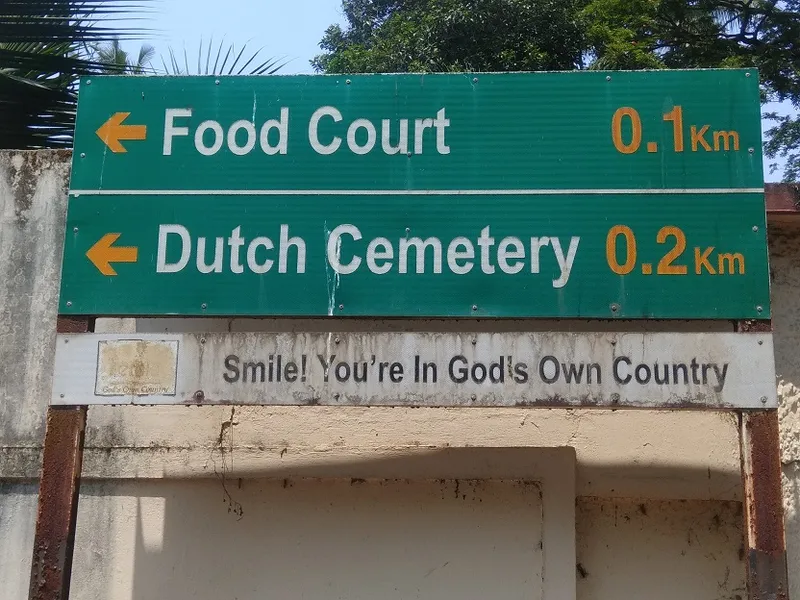
Also read: Beyond trends and talent: how to master the four laws of creativity for business success
Got a creative photograph to share? Email us at PhotoSparks@YourStory.com!
See also the YourStory pocketbook ‘Proverbs and Quotes for Entrepreneurs: A World of Inspiration for Startups,’ accessible as apps for Apple and Android devices.







